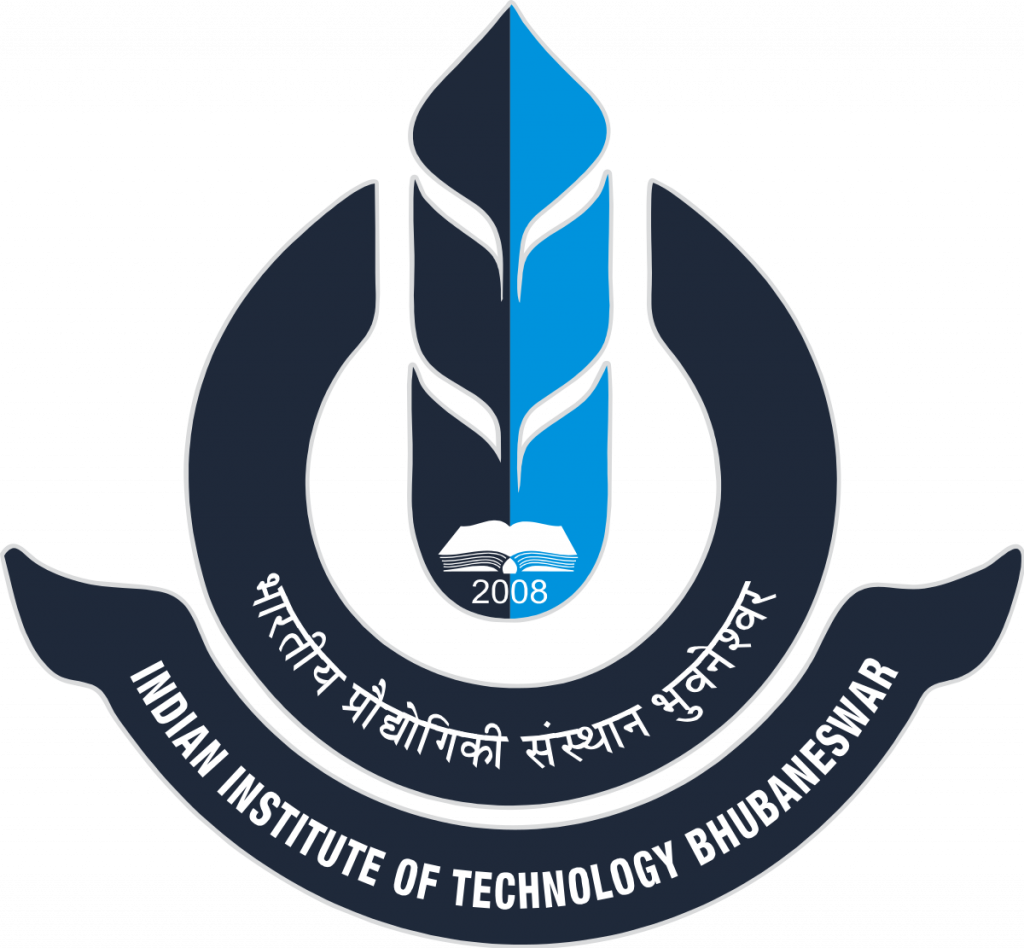Bioelectromagnetic Sensors
Vital Signs Monitoring using Radar
Vital Signs monitoring using Radar involves the measurement of ECG, heart rate and respiration rate of the person by detecting and measuring vibrations on the body surface. This may be achieved by either a continuous wave Doppler Radar or by UWB (ultra-wideband) pulse Radar. In order to be compatible for use on humans, the proposed sensors need to have low transmitted power. This system is also applicable for detection of human beings during rescue and recovery scenarios.
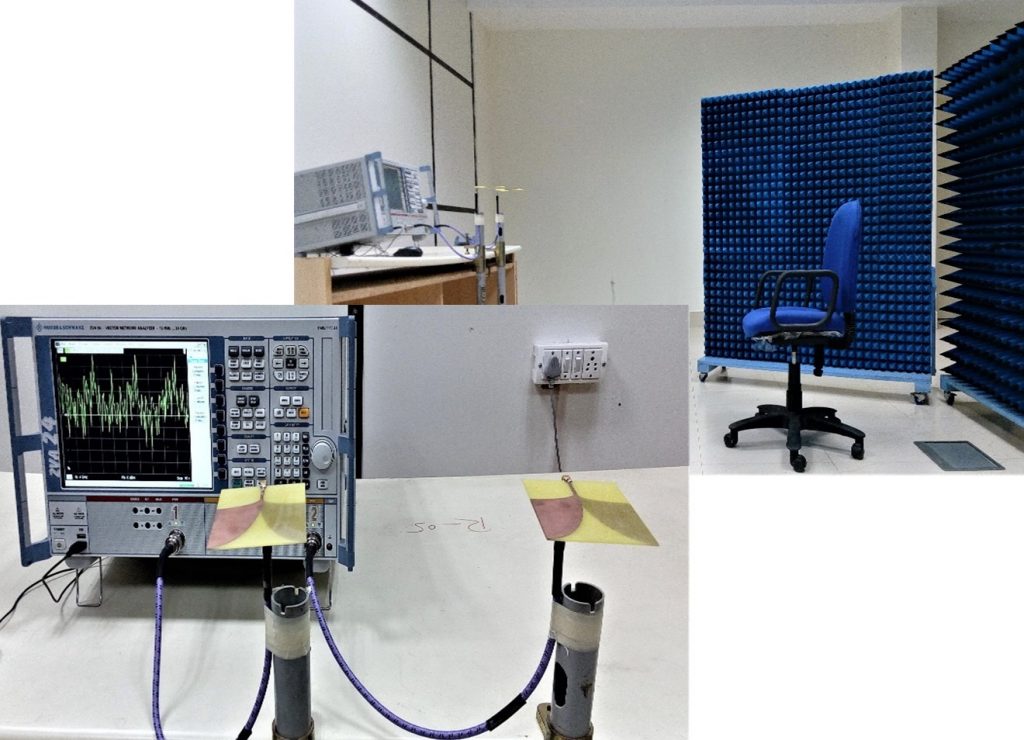
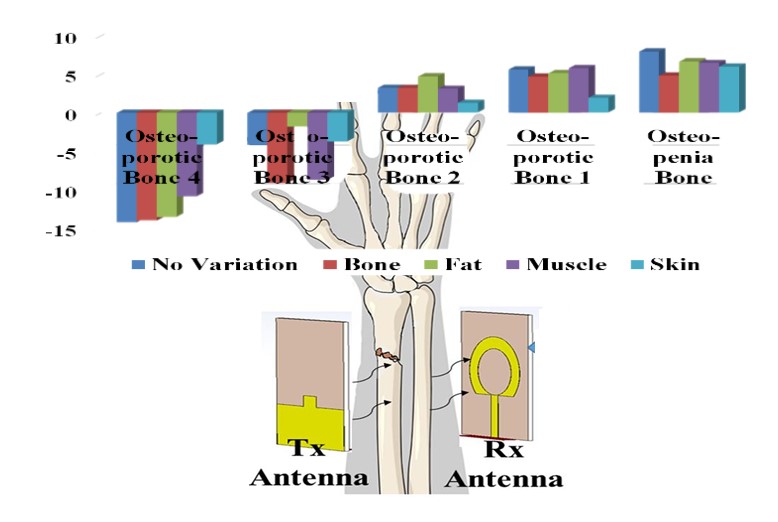
Bone Health using Microwave
As the electromagnetic signal passes through the bone it will be modified (reflected, refracted, and attenuated) based on the electrical properties of the bone sample. However, bone tissue has a highly inhomogeneous and anisotropic characteristic, as it is composed of bone minerals embedded in the soft tissue. This makes the accurate electromagnetic characterization of bone a challenging task.
Optical Sensors for Healthcare
Wearable Optical biosensors allow for a variety of measurements such as blood pressure, oxygen saturation, temperature, heartbeat, and other metabolic activities. The technology is utilises the principle of absorption, reflection, scattering, wavelength shifting or dispersion for obtaining the different signature of subject under test.
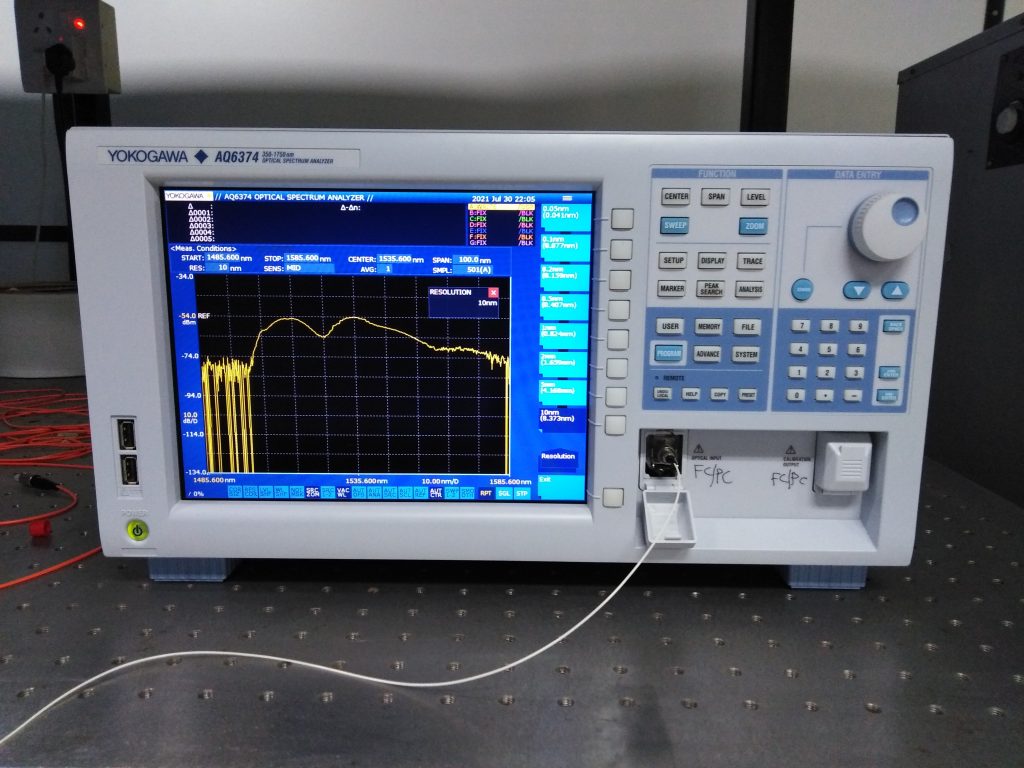
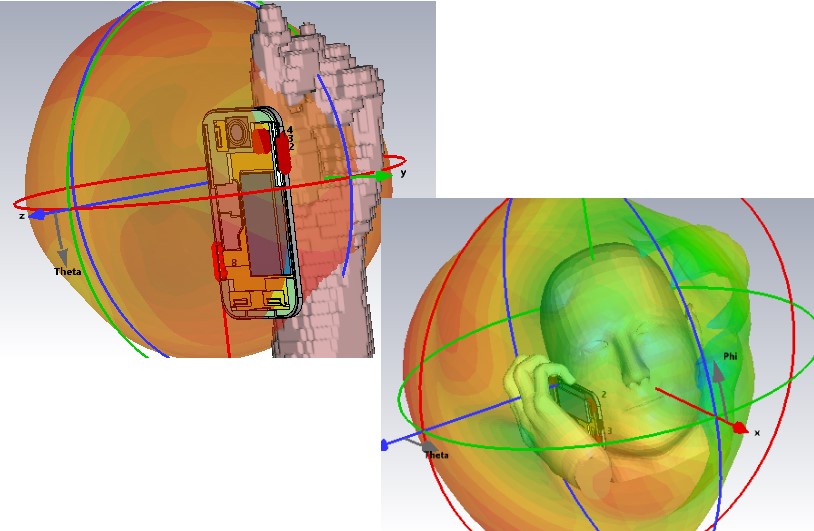
SAR Analysis
The impact of radiation from high frequency devices on human health need to be estimated by calculating the SAR values from differenct application scenarios.
